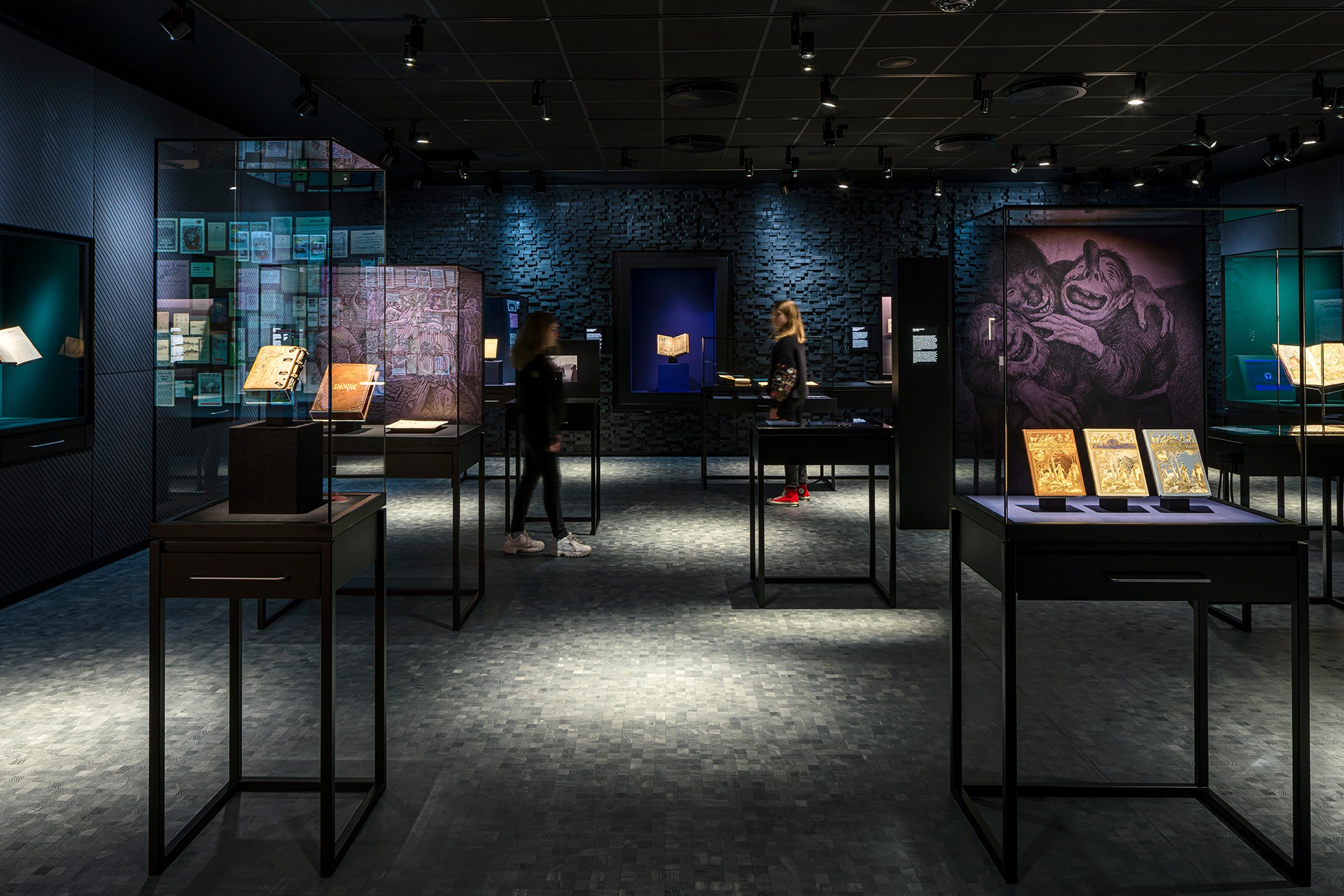Changing light, not build, to create more sustainable exhibition spaces: by Pippa Nissen
As an interior designer, I was delighted to find an article that is both valuable and environmentally friendly, thus inspiring my upcoming endeavors. The report provides an overview of how lighting can create more sustainable exhibition spaces. It is written by Pippa Nissen, Director of Nissen Richards Studio. She emphasizes transforming spaces to maximize their impact, particularly in temporary and blockbuster exhibitions. It has been observed that traditional exhibition design has entailed a significant amount of waste, often requiring substantial new construction. As a result, she stresses the importance of developing a sustainable strategy and thinking creatively about how to alter the appearance of a space without extensive physical changes. To require minimal physical construction but with the ability to dynamically change the look and feel of the area, lighting and graphics are identified as critical tools in achieving this goal. According to the author, she has experience working with lighting design that empowers change and mentions working with theater consultants with expert knowledge of using light to tell stories. An example of the power of lighting is given from a bar project that saw lighting transform the space from a cafe to a nightclub for a few hours, demonstrating how lighting can be used for seamless transitions between areas. Lighting systems plays a curcail role in creating adaptable spaces, and Nissen discusses the use of concealed light sources and fittings. During her presentation, Ms. Haave discusses a recent lighting project that creates a magical and adaptable exhibition space at the National Library of Norway, which can change moods and compellingly highlight exhibits. As a result of the article’s statement, I will use these methods in my exhibition project. I will integrate interior design and lighting to create dynamic spaces and provide additional value for clients. Besides enhancing the overall experience, this approach is also sustainable since it reduces the need for extensive physical construction and improves the customer journey in the space. It is also possible to use the same area for a variety of purposes at the same time. Furthermore, it can create a distinct atmosphere that visitors will remember long after their visit. By integrating zero-waste materials and lighting, interior designers can create versatile, sustainable, and enjoyable spaces for their customers.

Opplyst, The National Library of Norway. (2023). [Image: Gareth Gardner]. Available at: URL (Accessed: 10/10/2023)
Reference: Nissen, P. 2023. “Changing Light, Not Build, to Create More Sustainable Exhibition Spaces.” Arc Magazine. Available at: https://www.arc-magazine.com/changing-light-not-build-to-create-more-sustainable-exhibition-spaces/ 10/10/2023.